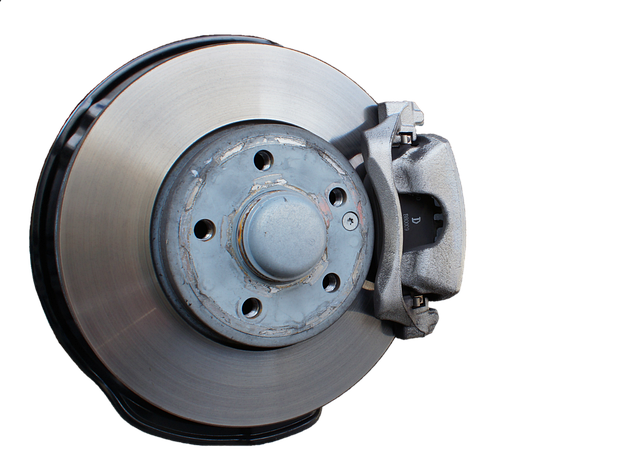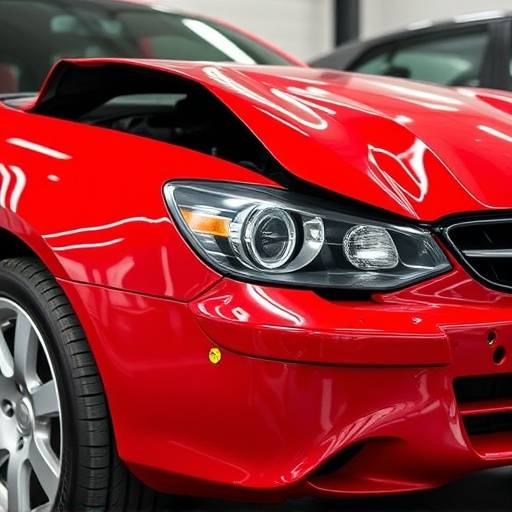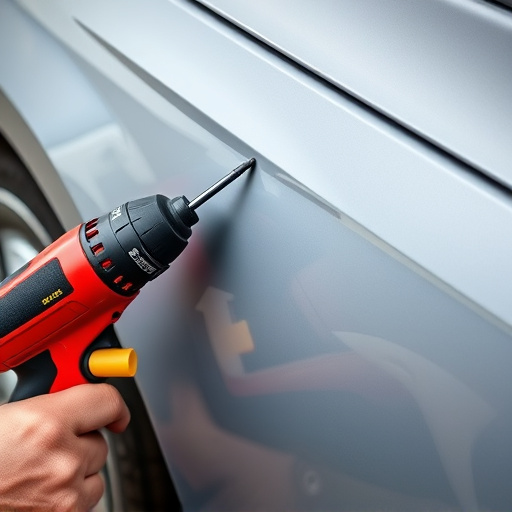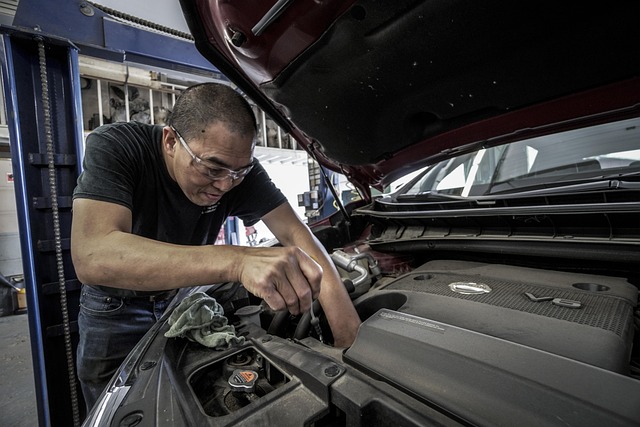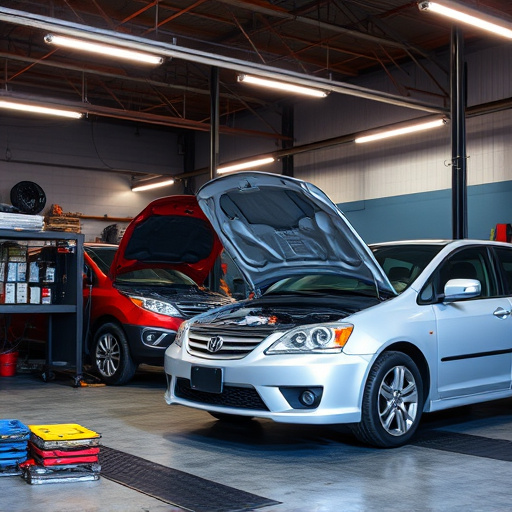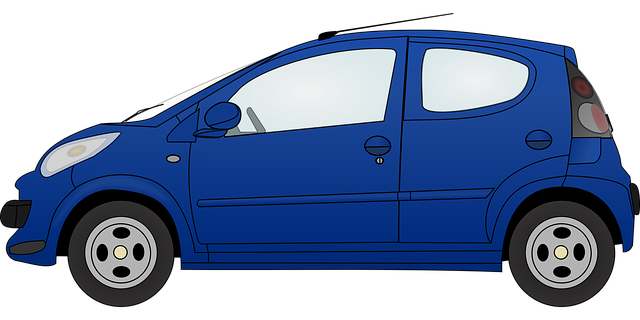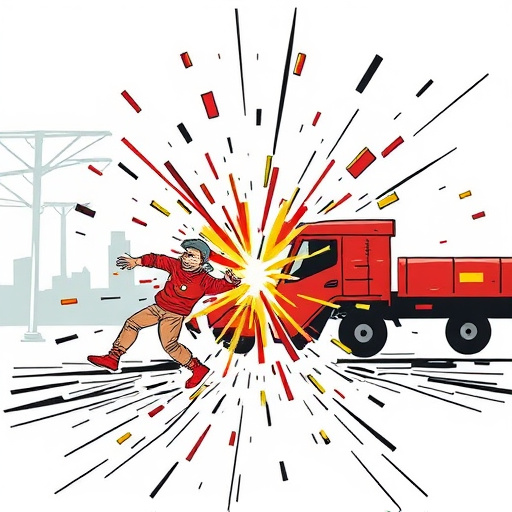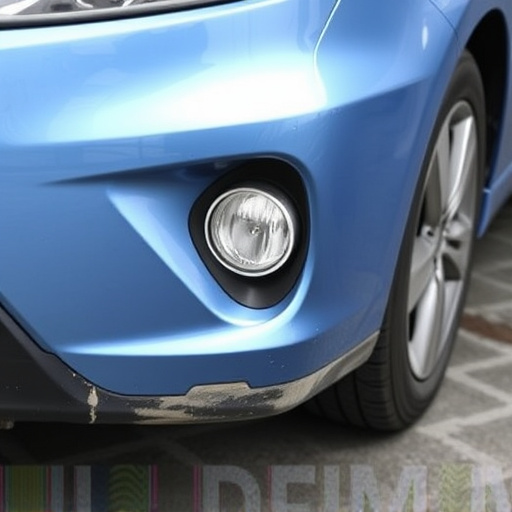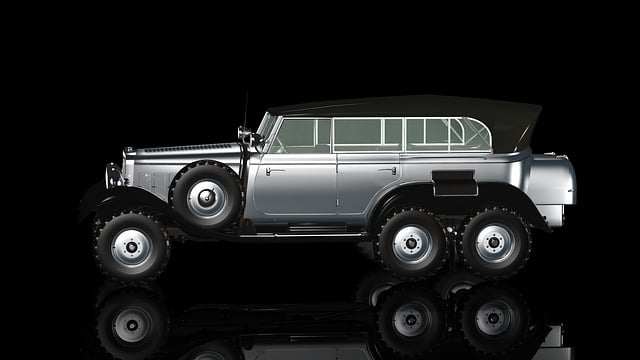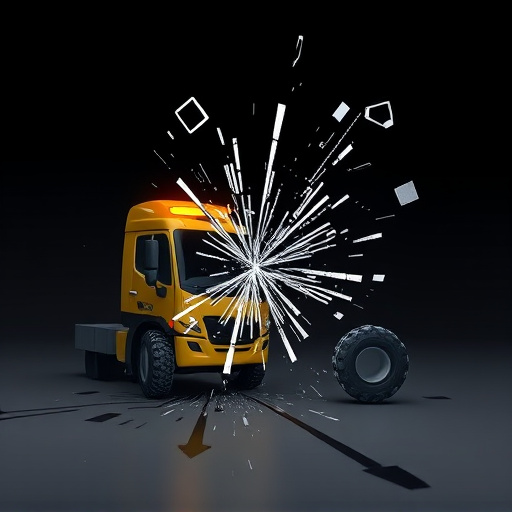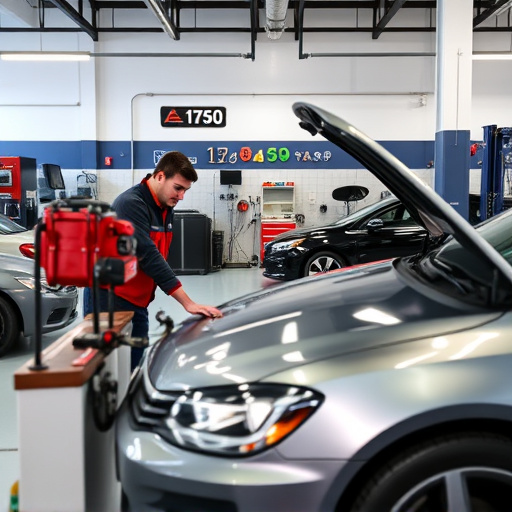Accurate driveshaft collision repair estimates require distinguishing direct expenses (labor, parts) from indirect overhead costs (rent, insurance). Labor rates vary based on location, experience, and repair complexity, impacting final prices. Parts and materials, including driveshafts, u-joints, bearings, etc., also significantly affect estimates; quality and brand influence prices. Comparing quotes should include a detailed look at parts lists to identify potential cost differences in collision repair services.
In the realm of driveshaft collision repair, accurately estimating costs is paramount for both shops and customers alike. This intricate process involves a complex interplay of direct and indirect expenses, from labor rates to parts and materials. Understanding these cost factors is crucial for navigating the estimates, ensuring fair pricing, and facilitating efficient repairs. Let’s delve into the key components that shape driveshaft collision repair bills.
- Understanding Direct and Indirect Costs in Driveshaft Repair
- Labor Rates: Key Factors in Collision Repair Estimates
- Parts and Materials: Expenses Behind the Scenes of Repair
Understanding Direct and Indirect Costs in Driveshaft Repair

In driveshaft collision repair, understanding the distinction between direct and indirect costs is paramount for accurate estimates. Direct costs encompass the tangible expenses associated with repairing or replacing specific components of the driveshaft system. These may include labor charges for disassembly and reassembly, as well as the cost of genuine replacement parts. Indirect costs, on the other hand, refer to overhead expenses that are not directly tied to a particular repair task but are essential for operating an auto collision center. This includes items such as rent, insurance, utilities, and employee salaries.
Effective driveshaft collision repair estimates require meticulous consideration of both direct and indirect cost factors. Collision centers must carefully assess the extent of damage to determine the complexity of repairs required. Furthermore, they need to factor in their operational costs to maintain profitability. By balancing these aspects, collision centers can provide fair pricing for vehicle dent repair and other related services while ensuring sustainability in an increasingly competitive market.
Labor Rates: Key Factors in Collision Repair Estimates
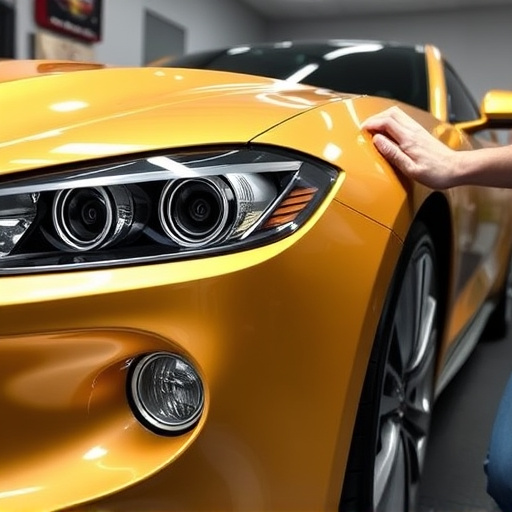
Labor rates play a significant role in driveshaft collision repair estimates. These costs vary depending on several factors such as the auto body shop’s location, their experience level, and the complexity of the repair work required. For example, labor expenses for specialized driveshaft replacements or advanced diagnostic tests can significantly impact the overall estimate. Moreover, the average hourly rate for technicians and mechanics in your area will directly influence the quoted price for car repair services.
When comparing auto body shop quotes for vehicle repair, it’s essential to understand their labor rates. Some shops might offer more competitive pricing due to streamlined processes or cost-saving techniques, while others may charge higher rates for their expertise or advanced equipment. This difference in labor costs can make a substantial variation in the final estimate for driveshaft collision repair and should be considered when choosing an auto body shop.
Parts and Materials: Expenses Behind the Scenes of Repair
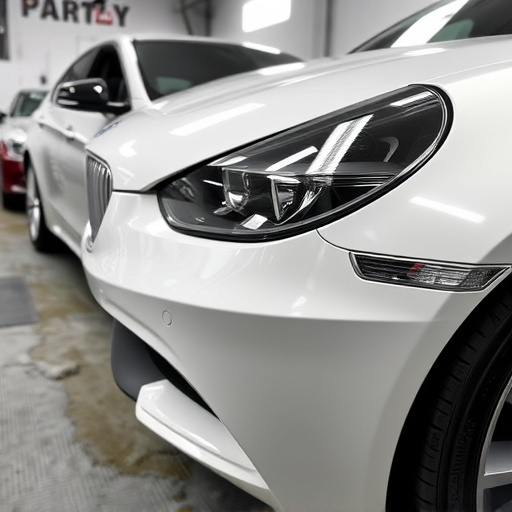
When it comes to driveshaft collision repair, understanding the cost factors involved is key for both auto owners and automotive body shops. One significant component in any repair estimate is parts and materials. This includes not only the driveshaft itself but also associated components like u-joints, bearings, and bolts. The quality and brand of these parts can significantly impact the total cost. High-performance or specialized parts often command higher prices due to their advanced design or specialized manufacturing processes.
Behind every accurate car repair services estimate lies a meticulous breakdown of materials. Auto shops factor in the cost of sourcing these parts, which may vary based on market availability and supplier relationships. Moreover, certain driveshaft models or vehicle makes might require unique parts, increasing the expense. Therefore, when comparing estimates from different collision repair shops, paying attention to the detailed list of parts and materials used can offer valuable insights into potential price differences.
In the realm of driveshaft collision repair, accurately estimating costs involves navigating a complex web of direct and indirect expenses. By understanding labor rates, parts, and materials, repair shops can provide transparent estimates that cater to customers’ needs. This, in turn, fosters trust and ensures that folks receive fair pricing for essential repairs, ultimately enhancing their overall experience.
